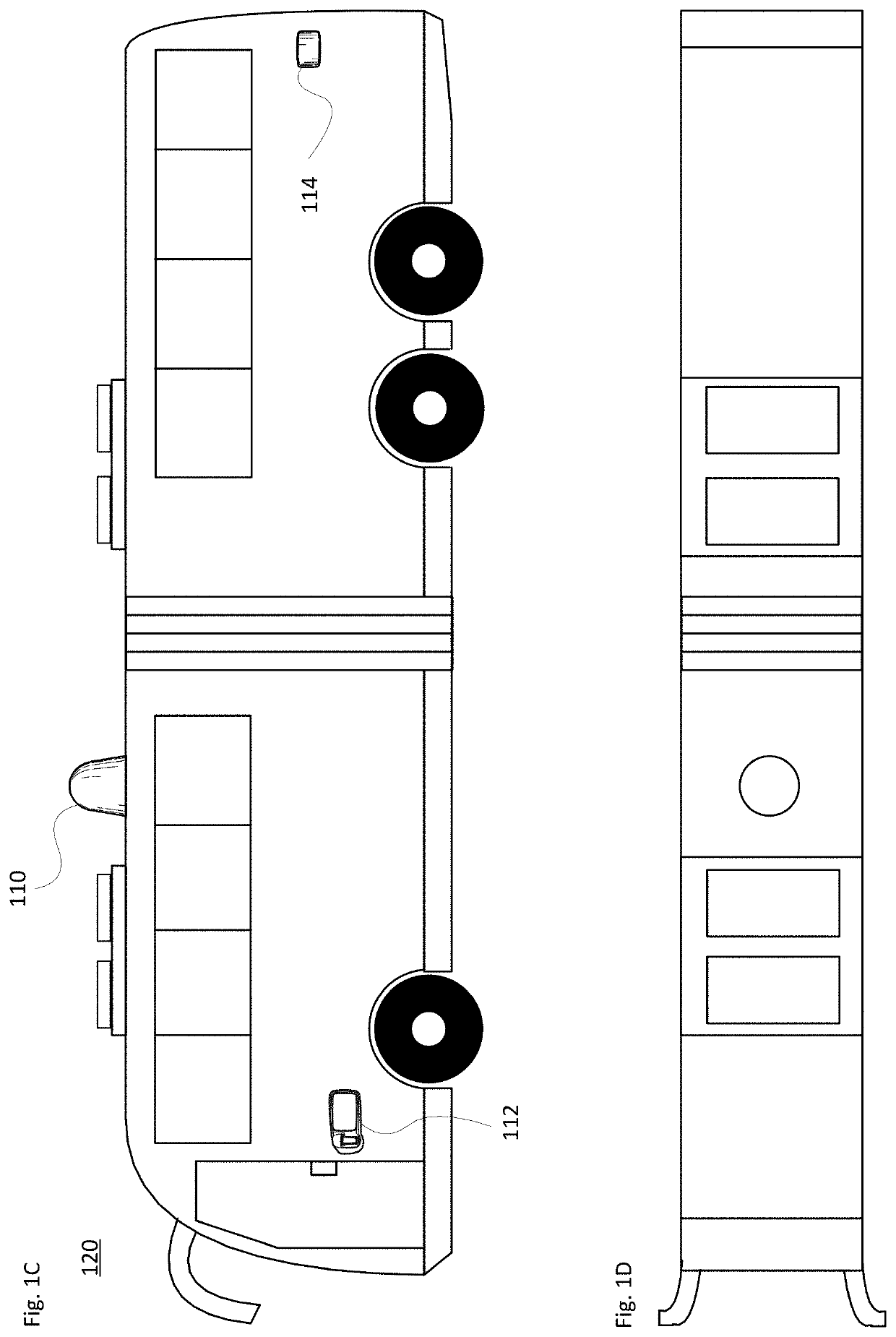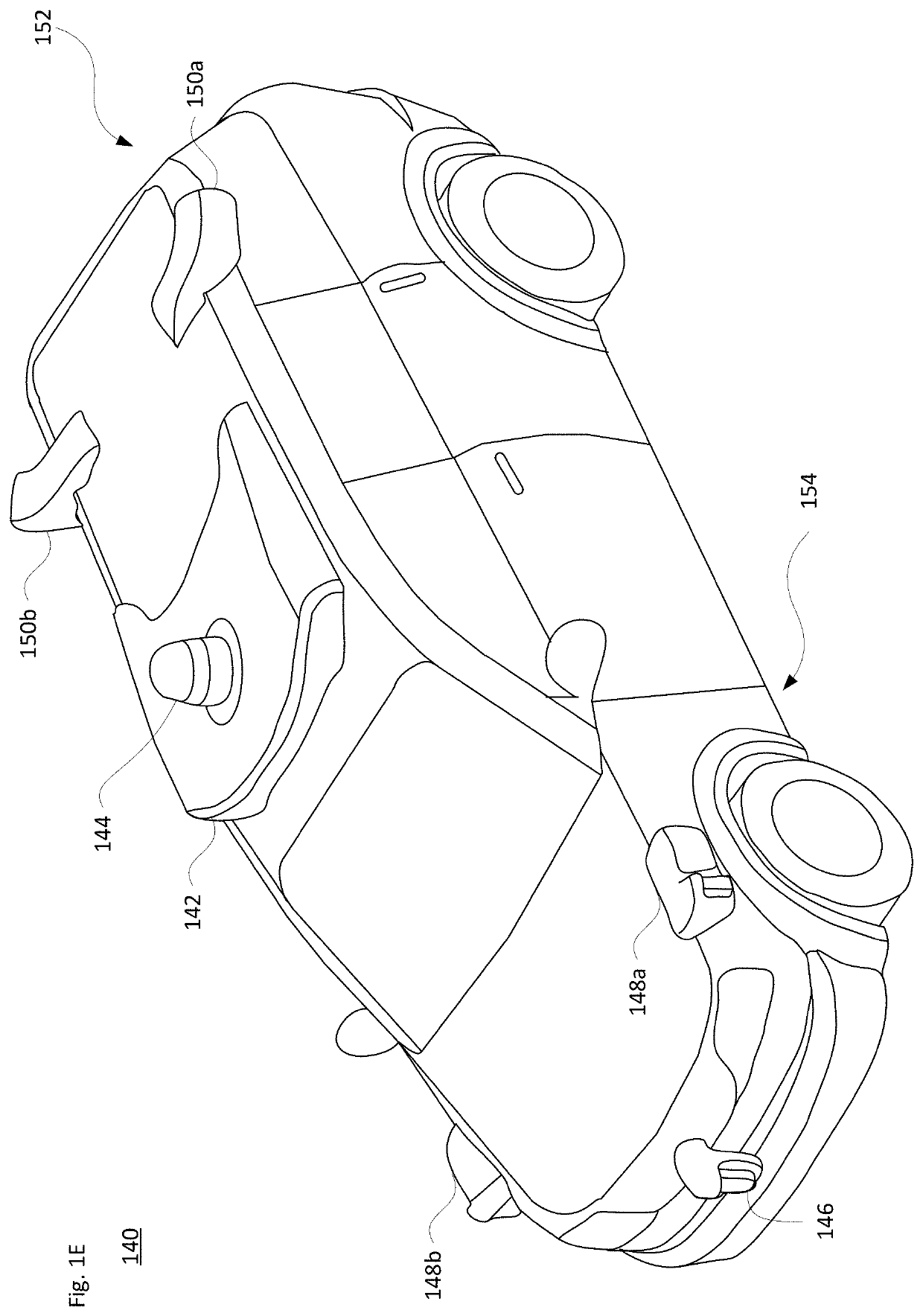Efficient Autonomous Trucks
a technology of autonomous trucks and trucks, applied in the direction of vehicle position/course/altitude control, instruments, etc., can solve the problems of less than optimal, reduced fuel efficiency, and possible blind spots around the vehicle, so as to improve fuel economy, improve aerodynamic profile, and enhance sensor results
- Summary
- Abstract
- Description
- Claims
- Application Information
AI Technical Summary
Benefits of technology
Problems solved by technology
Method used
Image
Examples
example implementations
and Scenarios
[0059]In view of the structures and configurations described above and illustrated in the figures, various implementations will now be described.
[0060]Information obtained from one or more sensors is employed so that the vehicle may operate in an autonomous driving mode. Each sensor, or type of sensor, may have a different range, resolution and / or FOV.
[0061]For instance, the sensors may include a long range, narrow FOV lidar and a short range, tall FOV lidar. In one example, the long range lidar may have a range exceeding 50-250 meters, while the short range lidar has a range no greater than 1-50 meters. Alternatively, the short range lidar may generally cover up to 10-15 meters from the vehicle while the long range lidar may cover a range exceeding 100 meters. In another example, the long range is between 10-200 meters, while the short range has a range of 0-20 meters. In a further example, the long range exceeds 80 meters while the short range is below 50 meters. Inte...
PUM
 Login to View More
Login to View More Abstract
Description
Claims
Application Information
 Login to View More
Login to View More - R&D
- Intellectual Property
- Life Sciences
- Materials
- Tech Scout
- Unparalleled Data Quality
- Higher Quality Content
- 60% Fewer Hallucinations
Browse by: Latest US Patents, China's latest patents, Technical Efficacy Thesaurus, Application Domain, Technology Topic, Popular Technical Reports.
© 2025 PatSnap. All rights reserved.Legal|Privacy policy|Modern Slavery Act Transparency Statement|Sitemap|About US| Contact US: help@patsnap.com



